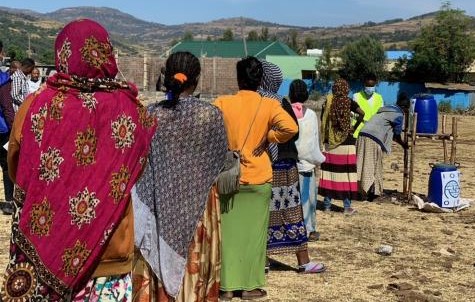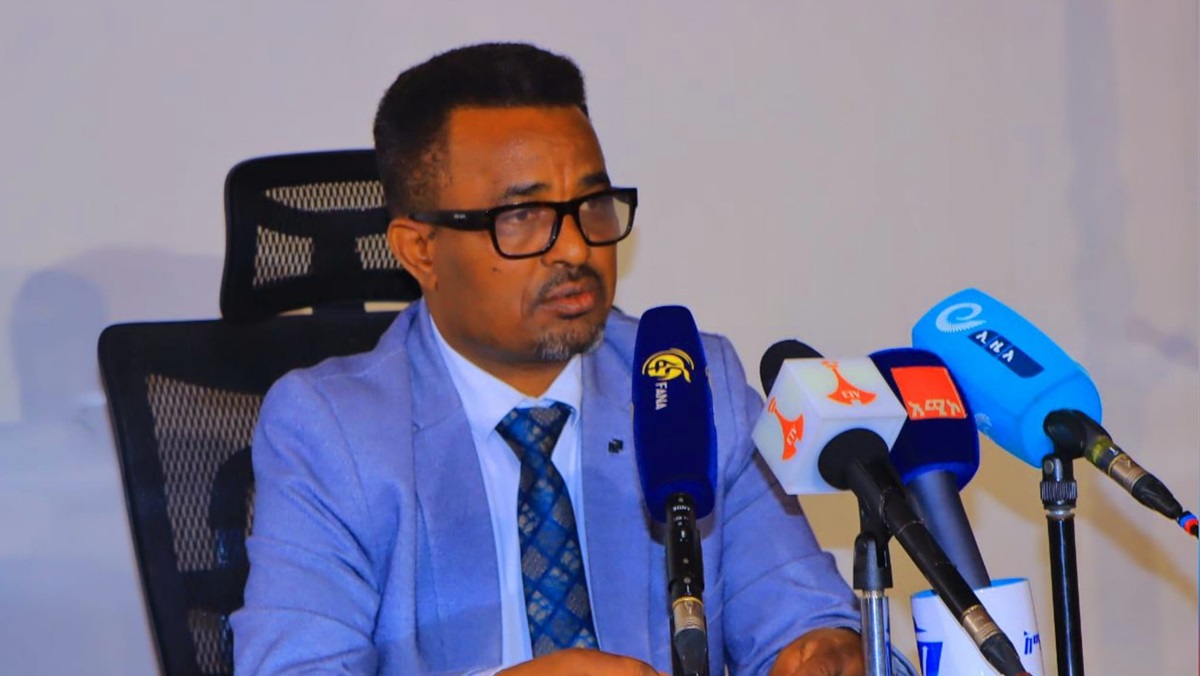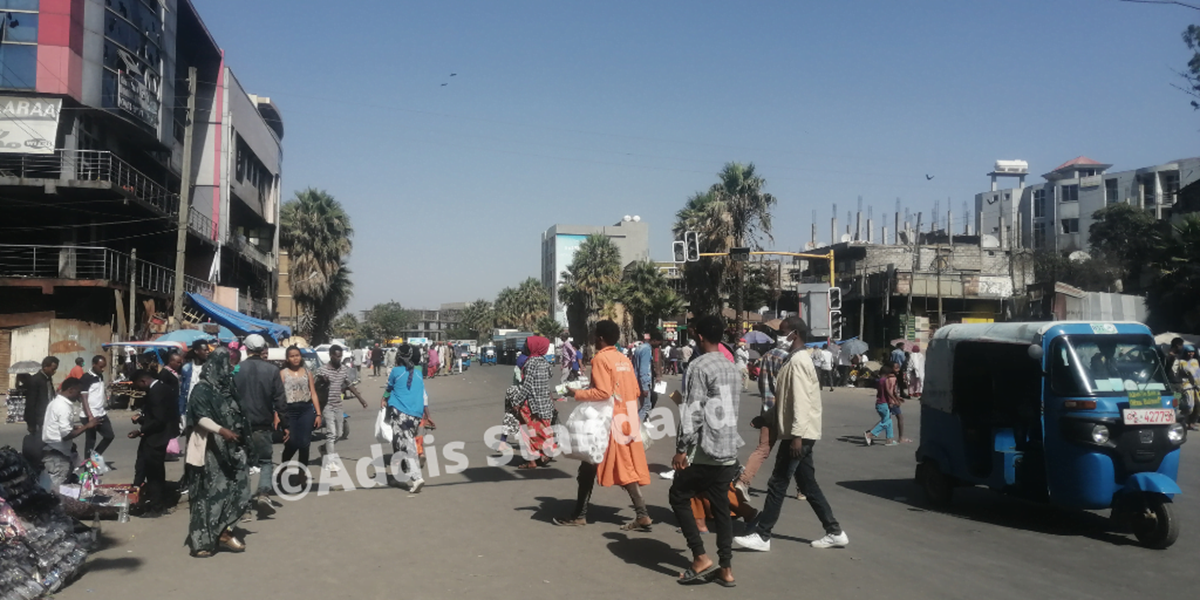News: IOM, partners provide relief to people affected by the crisis in northern Ethiopia

Addis Abeba, December 18/2020 – Internally displaced persons (IDPs) and conflict-affected communities are in dire need of humanitarian and recovery assistance after weeks of conflict in the northern Ethiopian regional state of Tigray.
The scale-up of relief operations in Amhara follows the agreement for unimpeded humanitarian access that was reached between the United Nations and the Government of Ethiopia, and the first joint initial inter-agency assessment which was completed this week.
Most of the IDPs now seeking refuge in displacement sites are women and children forced to flee without being able to take their belongings. They are now in dire need of emergency shelter and non-food items. The International Organization for Migration (IOM) has commenced operations to assist these populations in need.
In North Amhara, IOM has provided emergency shelter and non-food items-including blankets and jerry cans, among others-to IDPs from Tigray. IOM has begun to deliver water, sanitation and hygiene (WASH) services, site management support and emergency health assistance. Needs assessments have been carried out in ten accessible districts in Afar and Amhara regions where IDPs are currently hosted.
“IOM stands ready to scale up assistance to crisis-affected locations and populations in Northern Ethiopia as more areas affected by the crisis become accessible,” said David Preux, IOM’s Emergency Coordinator for the Northern Ethiopia Crisis Response.

The Organization also has provided water trucking and sanitation services to IDPs in Kebero Meda Camp in Gondar, one of the sites identified by IOM’s Displacement Tracking Matrix (DTM) as hosting IDPs from Tigray. IOM plans to carry out similar activities in additional locations as access is secured.
IOM teams are also working with local authorities to decongest displacement sites and construct new collective shelters and communal infrastructures. These will ensure safe and dignified living conditions and physical distancing necessary to prevent the spread of COVID-19. Complaints and feedback mechanisms have been put in place to ensure accountability to affected populations.
In addition, IOM opened a new satellite office and a warehouse where IOM teams in Gondar will preposition supplies and support those newly displaced from Tigray to Amhara. IOM is leading WASH, health and site management activities in this area, in partnership with Catholic Relief Services.
Further inter-agency assessments are planned in the coming days for other regions around and within Tigray, following security risk assessments. These assessments aim to get an initial, more detailed understanding of the humanitarian needs and gaps on the ground.
Prior to the conflict, IOM’s DTM identified just over 100,000 IDPs across 229 IDP sites in the Tigray region. DTM teams will soon resume data collection in most parts of the greater northern Ethiopia region.
“DTM operations will allow us to facilitate a coordinated and strengthened response and to capture the needs and location of IDPs, so all partners can better support all crisis-affected populations, including IDPs, host community members and returnee migrants,” added IOM’s Preux.
Most IDPs reportedly have moved to host communities near their areas of origin. Some have been accommodated in collective sites. IOM is conducting site planning for these locations in anticipation of the construction of collective shelters and partitioning of existing buildings hosting IDPs.
The team also is providing technical expertise to support the National Disaster Risk Management Commission’s (NDRMC) relocation plan of IDPs currently hosted in crowded conditions with limited access to basic services.
In addition, Ethiopia regularly receives large caseloads of returnees from transit and destination countries, particularly along the Eastern Route between the Horn of Africa and Gulf states. Over 2,000 Ethiopian migrants who originated from Tigray returned to Ethiopia between September and November 2020. Since 2017, and through the start of the COVID-19 pandemic, 30 per cent of all returnees to Ethiopia have originated from Tigray.
As forced returns from the Kingdom of Saudi Arabia (KSA) and travel to Tigray resumes, many returnees will also require humanitarian assistance in the coming months.
Learn more here about IOM’s USD 22 million appeal for the humanitarian response to the situation in Northern Ethiopia. Dispatch








